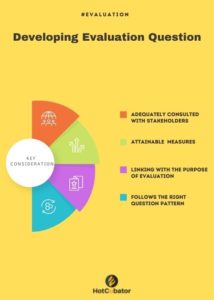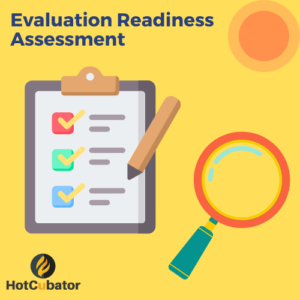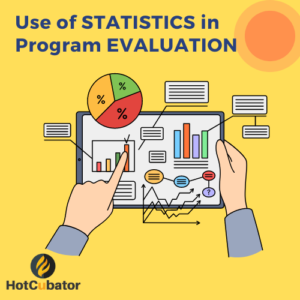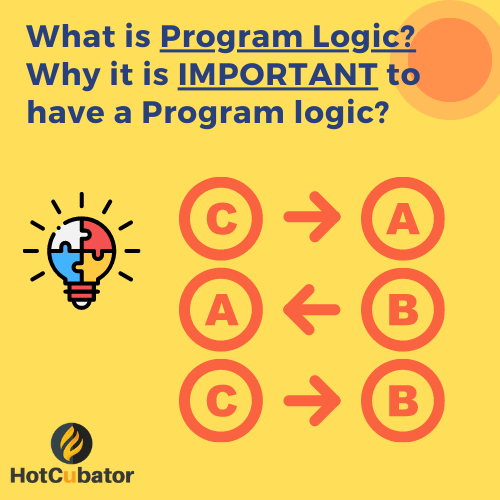
A program logic/logic model/theory of change in evaluation is a visual representation of the cause-and-effect relationship between the inputs, activities, outputs, and outcomes of a program or project. It is a tool that helps to clearly articulate the program’s theory of change and the assumptions that underlie it. The program logic is considered as the heart of an evaluation project.
A typical logic model includes several components:
Inputs: The resources (e.g., funding, staff, materials) required to implement the program
Activities: The specific actions or interventions that will be undertaken to achieve the program’s goals
Outputs: The immediate results or products of the program (e.g., number of people served, number of workshops held)
Outcomes: The longer-term changes or effects that the program aims to achieve (e.g., increased knowledge, improved health, reduced crime)
Impact: the long-term and intended result of the program
The logic model helps to identify the key elements of a program and how they are related, and it can be used to guide the development of evaluation questions and measurement strategies. It also can be used to communicate the program’s theory of change to stakeholders, and to help evaluate the program’s effectiveness.
Here is an example of a good program logic:
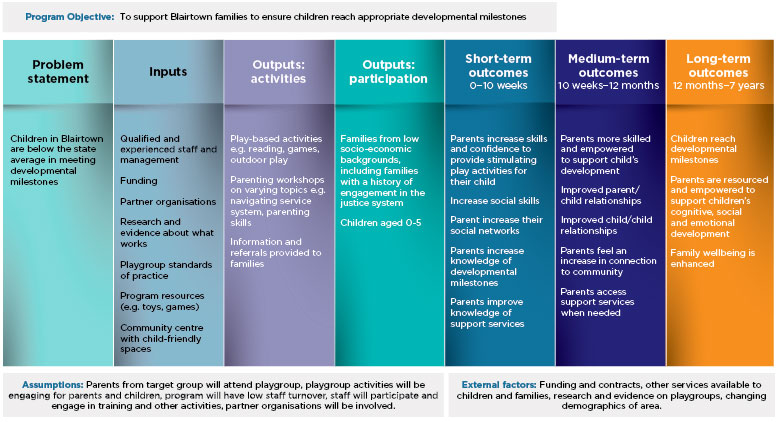
Having a well-designed logic model in program management is essential for several reasons:
Clarity of program goals: A logic model helps to clearly define the program’s objectives and desired outcomes, which allows for better alignment of resources and efforts towards achieving those goals.
Improved program design: A logic model can be used to identify potential issues or gaps in the program design and adjust ensure that the program is well-suited to achieve its intended outcomes.
Evaluation and monitoring: A logic model helps to guide the development of evaluation and monitoring strategies by identifying the key elements of the program and how they are related. This information can be used to measure the program’s progress and effectiveness and adjust as necessary.
Flexibility: a well-designed logic model allows for future adjustments and modification to the program, it can be used to identify areas where improvements can be made, and to provide guidance for future program evaluations.
Identify the program’s theory of change and underlying assumptions: A well-designed logic model clarifies the causal relationship between the program’s inputs, activities, outputs, and outcomes, and helps to identify the key elements of the program and how they are related. This helps to ensure that the program is well-aligned with the needs of the target population and that it is based on sound theoretical and empirical evidence.
Communicate the program’s goals and objectives: A logic model provides a clear and concise picture of the program’s goals and objectives, which can be used to communicate the program’s purpose to stakeholders, including funders, partners, and beneficiaries.
Improve program evaluation: A logic model can be used to guide the development of evaluation questions and measurement strategies, and to help evaluate the program’s effectiveness. This helps to ensure that the program is achieving its intended goals and objectives and identify areas for improvement.
Support program planning and management: A logic model can be used to identify the resources required to implement the program, plan the sequence of activities and set timelines, and monitor the progress of the program.
Enhance program accountability: A logic model helps to clarify the program’s theory of change and expected outcomes, which can be used to demonstrate the program’s effectiveness to funders and other stakeholders and justify the need for continued support.
Overall, having a well-designed logic model is essential for program management because it provides a clear and consistent framework for understanding, designing, implementing, monitoring, and assessing the program, which in turn helps to ensure that the program is effective and achieves its intended outcomes.
References and further reading:






